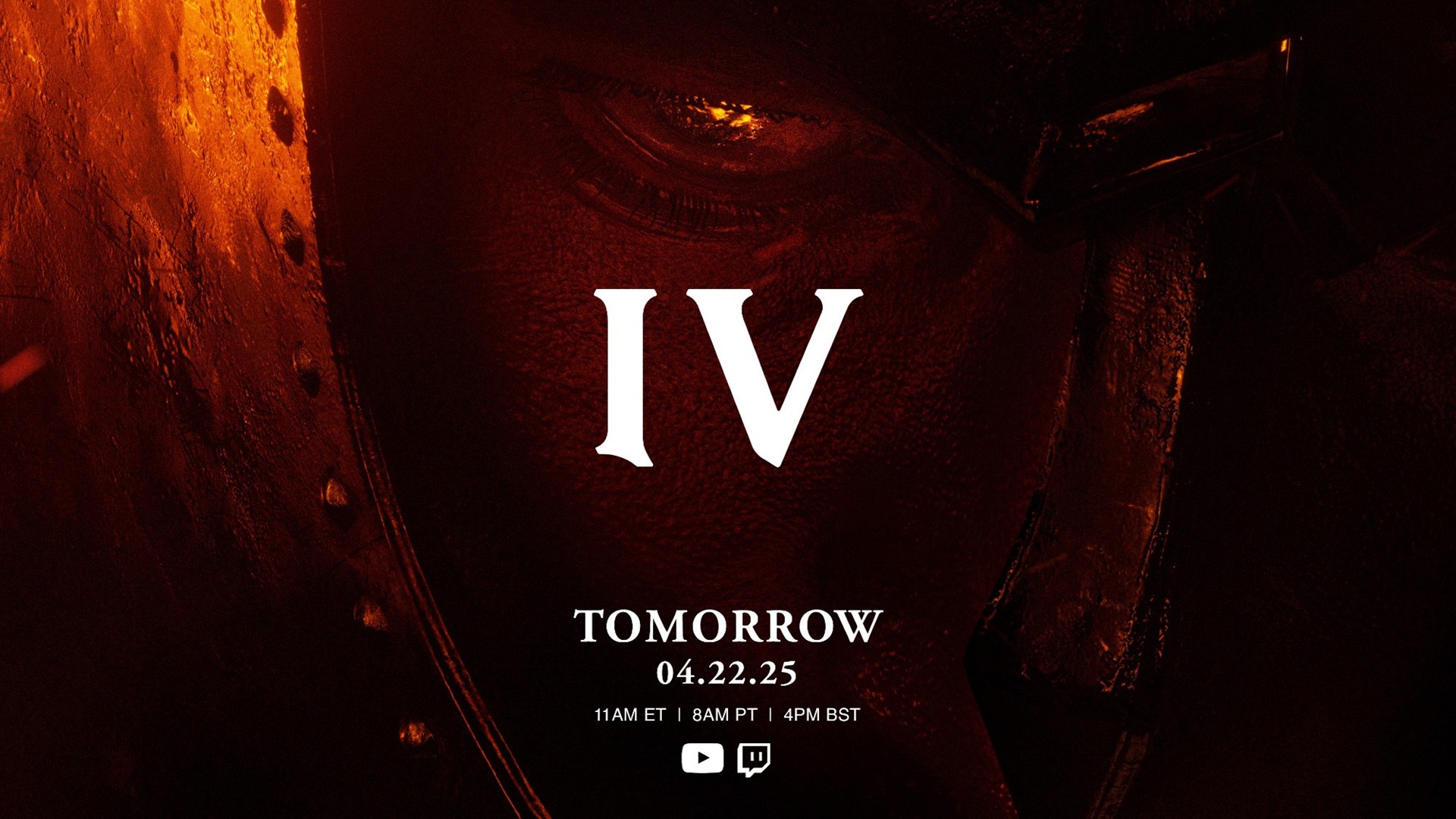Microsoft dual-screen device patent ditches volume buttons for virtual controls
Would you miss them?
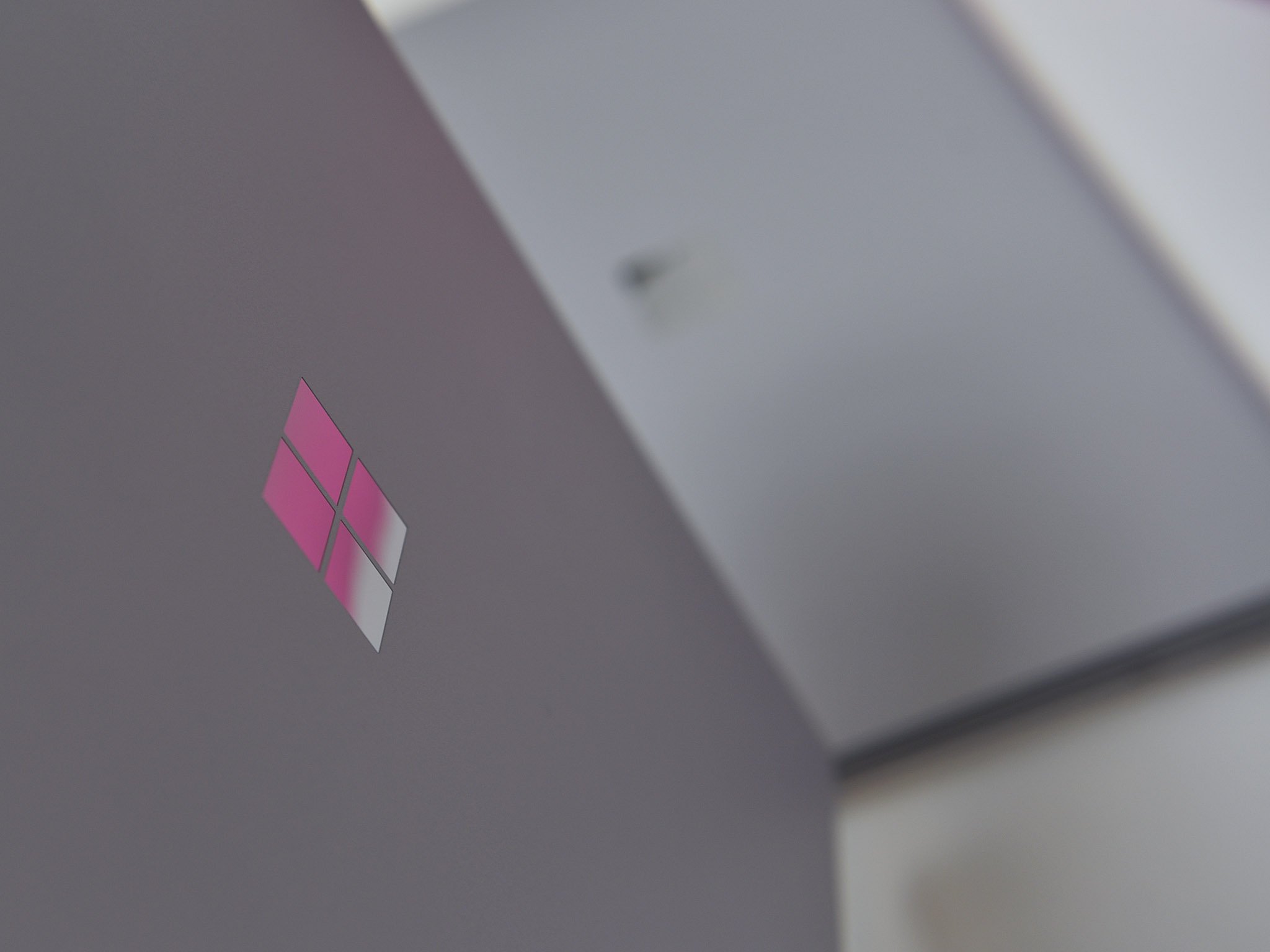
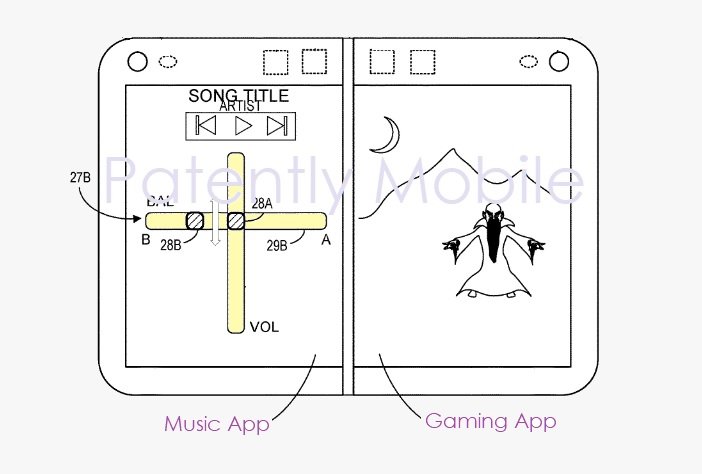
What you need to know
- A patent recently granted to Micorsoft ditches volume buttons on a dual-screen device.
- In their place, the device would use virtual on-screen controls.
- The patent may well portend what we can expect with Microsoft's rumored Centaurus device, but it's worth taking with a giant grain of salt.
Dual-screen PCs feel like they're just around the corner, and adding fuel to that speculation is a raft of patents Microsoft has been granted in recent years. Recently, another such patent was spotted by Patently Mobile (via MSPU), describing a dual-screen device that would ditch physical volume buttons for virtual controls.
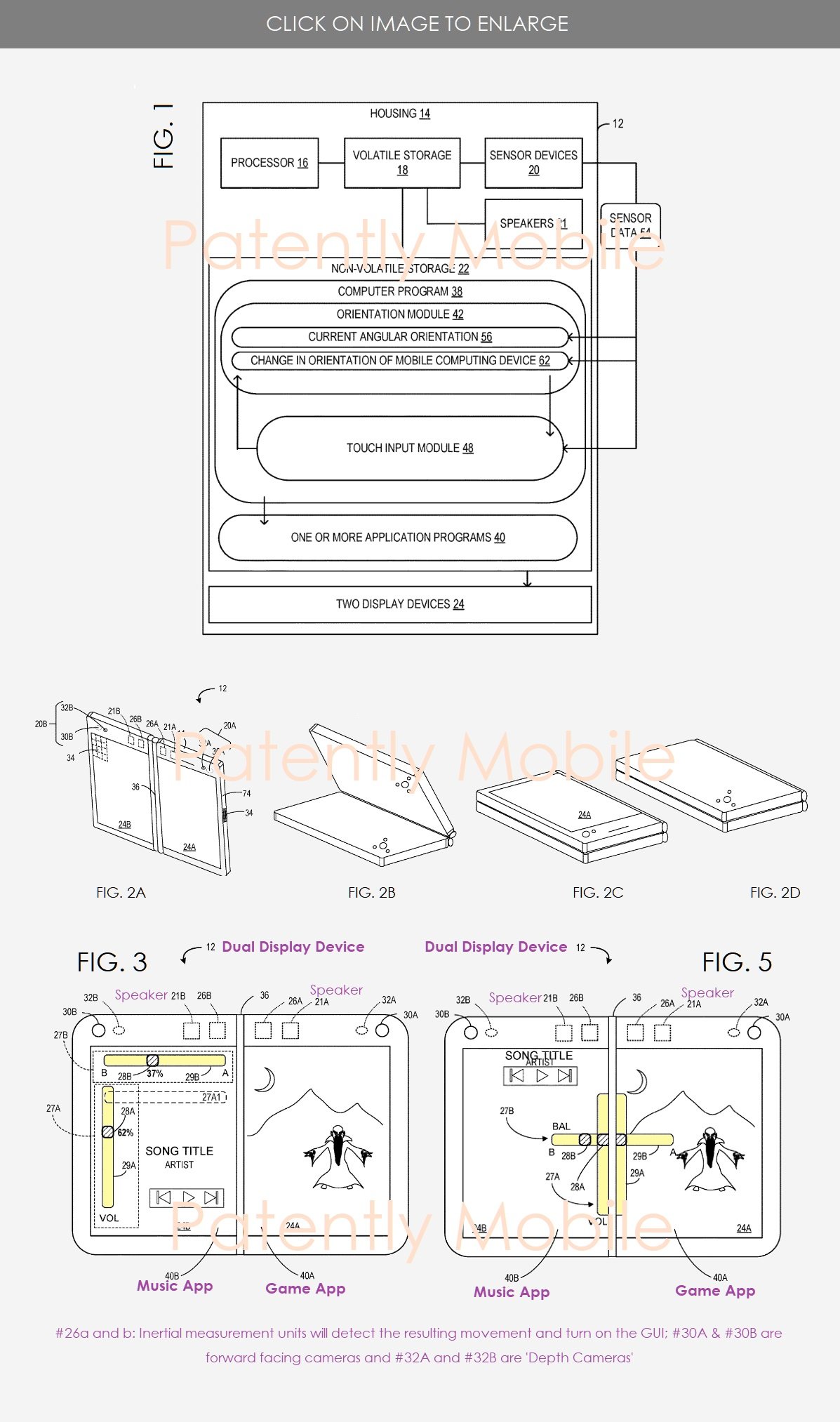
The elimination of physical volume rockers is somewhat notable because it would be a major shift from how smartphones and tablets currently operate. The figures included with the patent are where things get a little more interesting, however. We're shown the device inseveral different configurations, ranging from the displays positioned side-by-side to variations on how the flexible hinge is folded. In one example, the displays are folded back on one another, with one on each side. Another shows them closed on top of one another.
Further in the figures, Microsoft indicates that the displays can be running two different programs at once. In this case, a music app is on the lft screen while a game occupies the right screen. There are on-screen sound controls that allow you to adjust the volume and properties of the sound being projected.
Microsoft applied for this patent in June of 2017 and it was granted in July of 2019.
Microsoft is said to be working on a dual-screen Surface device codenamed "Centaurus." The company was reported to have even shown the device off to employees at a recent company meeting. Reporting indicates Microsoft has been working on Centaurus for about two years and that it could debut this fall running a version of Windows Core OS.
Given that we've seen a number of dual-screen PC prototypes pop up in recent years, it's not surprising Microsoft is at least working on one of its own. Whether this patent gives us a glimpse at some of what we can expect, however, is up in the air. Companies, especially Microsoft, patent things all of the time that never see the light of day.
Portable (and affordable) power accessories we love
Each and every one of these charging gadgets will keep your favorite gear and gadgets going for longer, and none of them costs more than $30.
Get the Windows Central Newsletter
All the latest news, reviews, and guides for Windows and Xbox diehards.
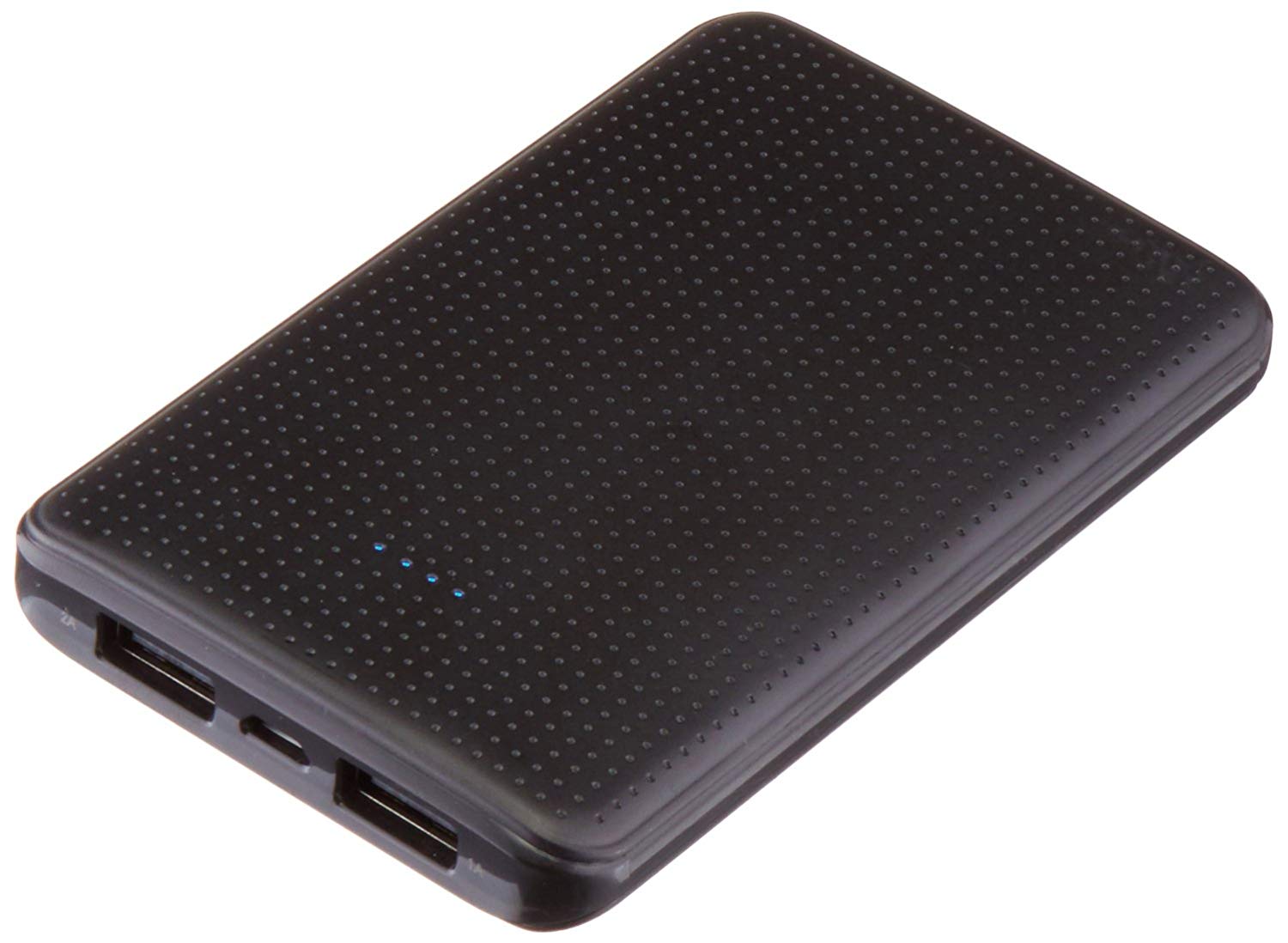
VisionTek 8,000 mAh micro-USB power bank ($13 at Dell)
This compact dual-output powerbank can speedily recharge any and all your devices, thanks to a two-amp "fast charge feature," using its micro-USB out port. Its simple design includes an LED indicator, and it costs about as much as a single ticket to the movies.
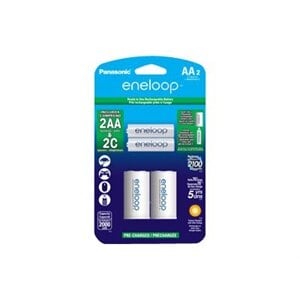
Panasonic eneloop AA batteries (From $13 at Dell)
Panasonic's rechargeable batteries are among the best available, and just a couple of them will keep your favorite remote, mice or other peripherals powered up when you need them. They're also eco. And the company's affordable charger fits and charges both AA and AAA batteries at the same time.
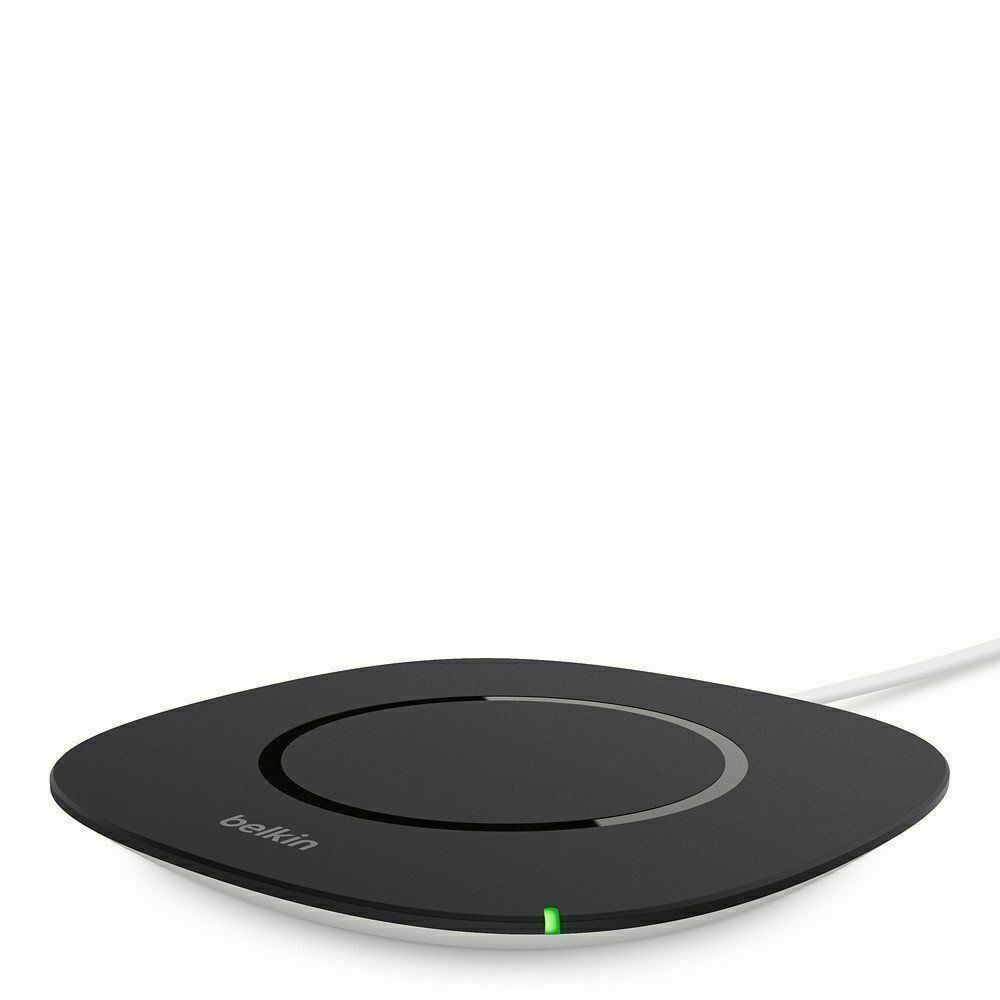
Belkin Qi Wireless Charging Pad ($30 at Dell)
This unobtrusive Qi wireless charging pad looks good (and kind of like a UFO …) and easily charges all your Qi-compatible device up to 5W. Its LED indicator lights up when you're charging. And it costs just $30.
Dan Thorp-Lancaster is the former Editor-in-Chief of Windows Central. He began working with Windows Central, Android Central, and iMore as a news writer in 2014 and is obsessed with tech of all sorts. You can follow Dan on Twitter @DthorpL and Instagram @heyitsdtl.

